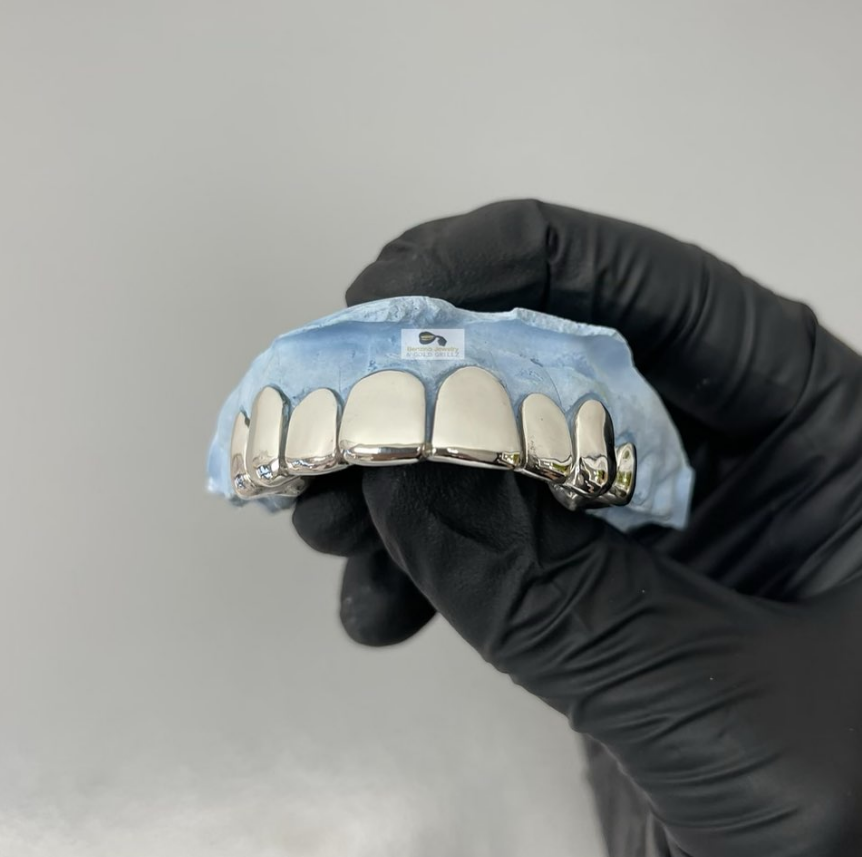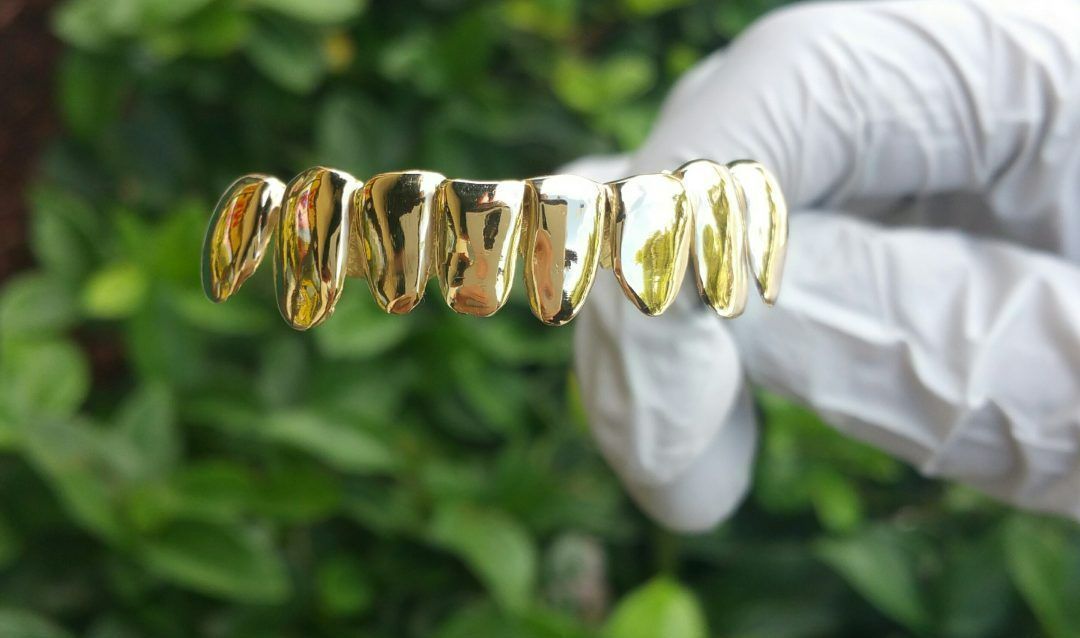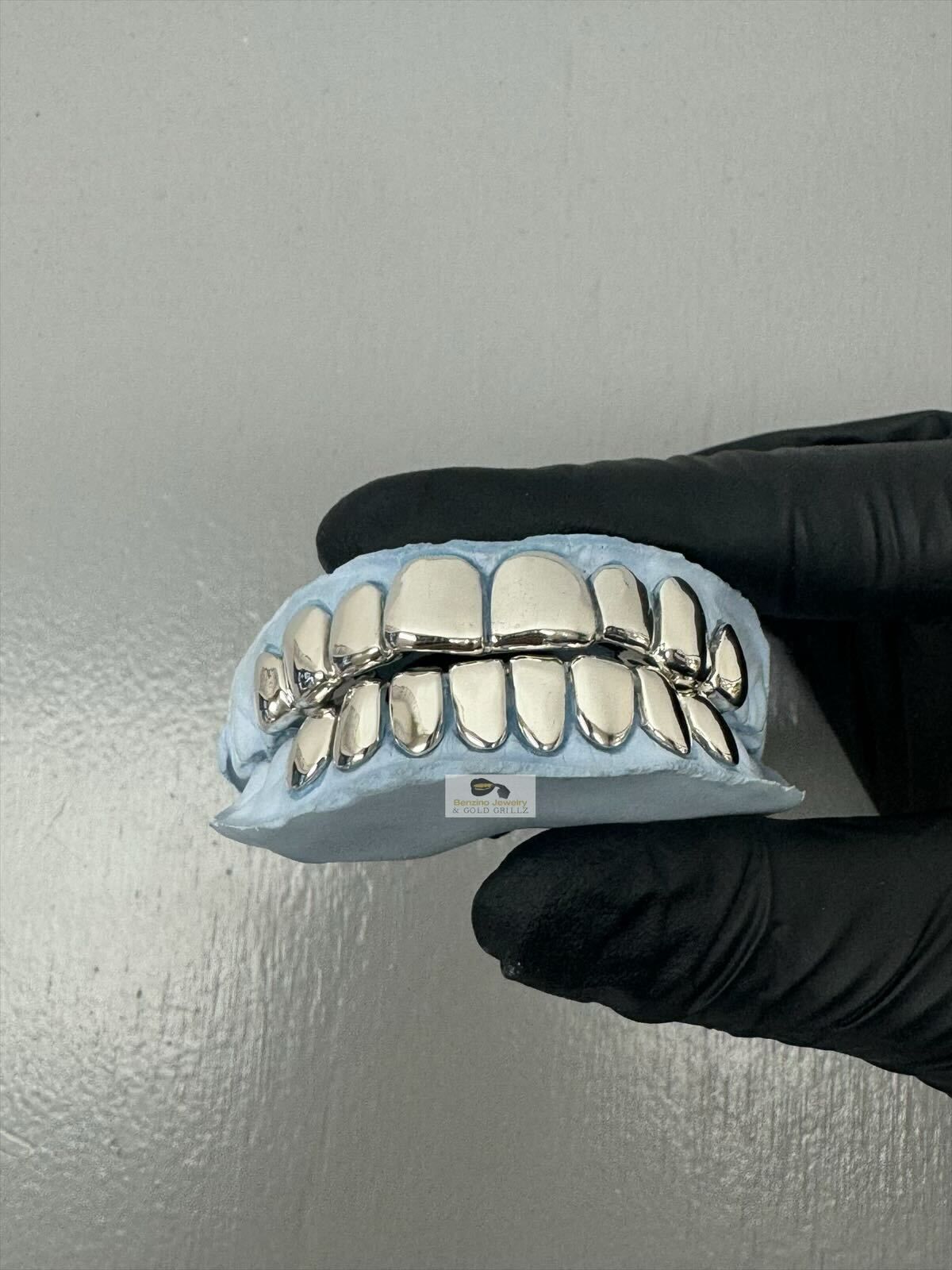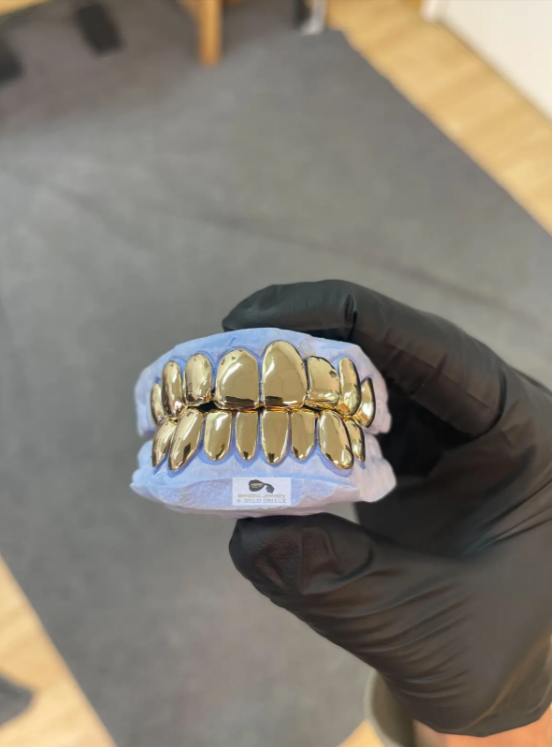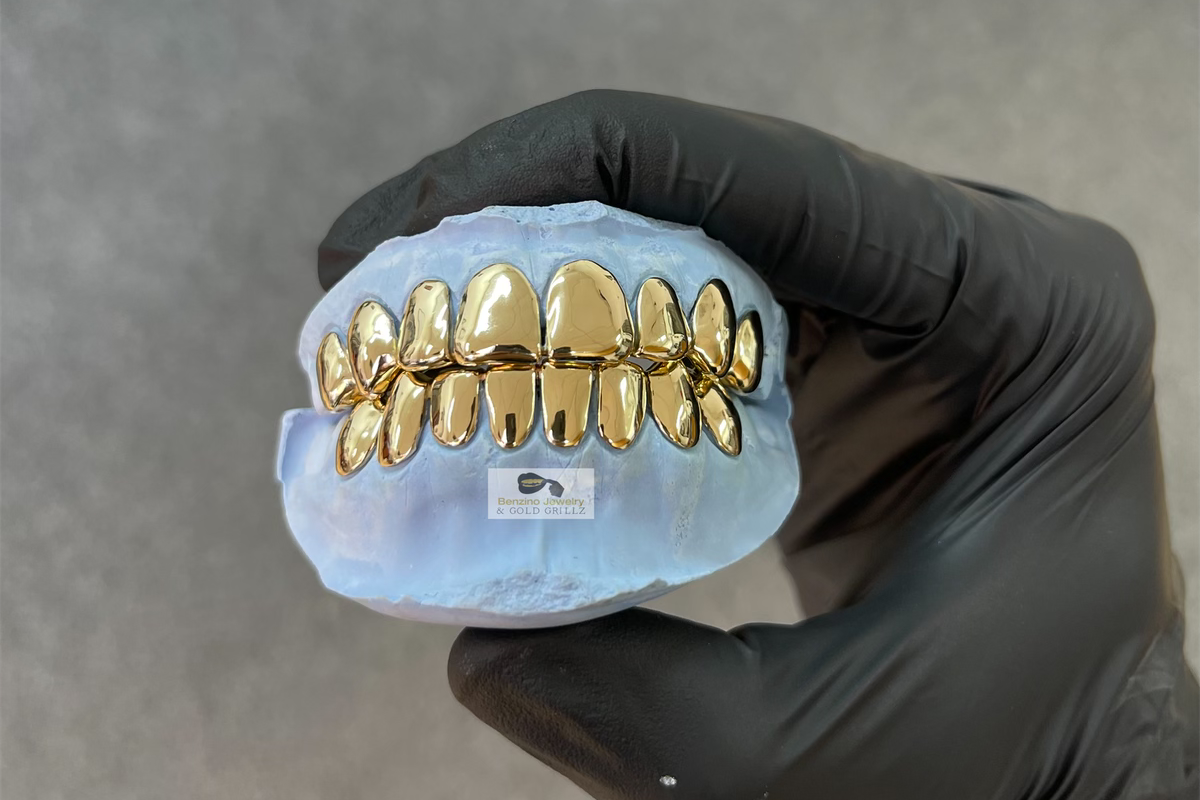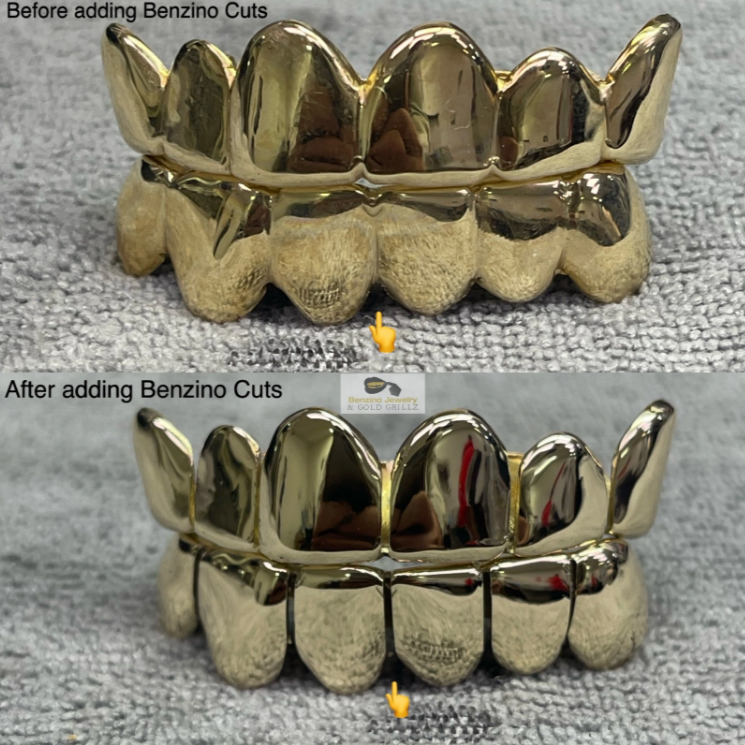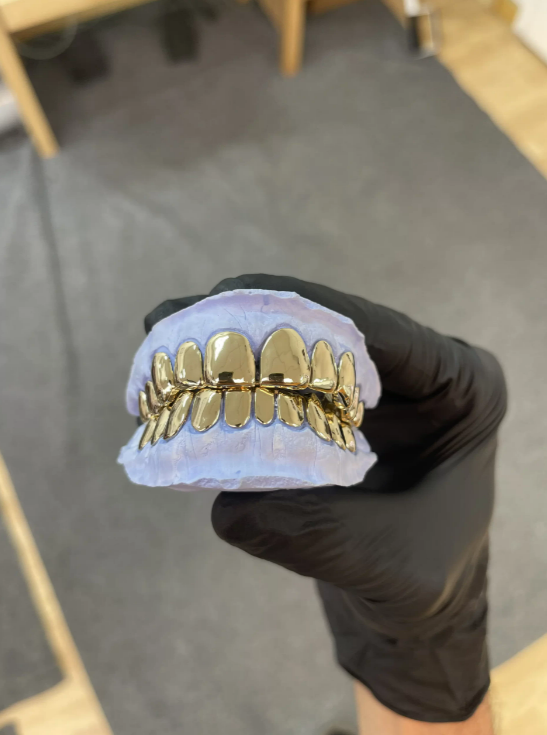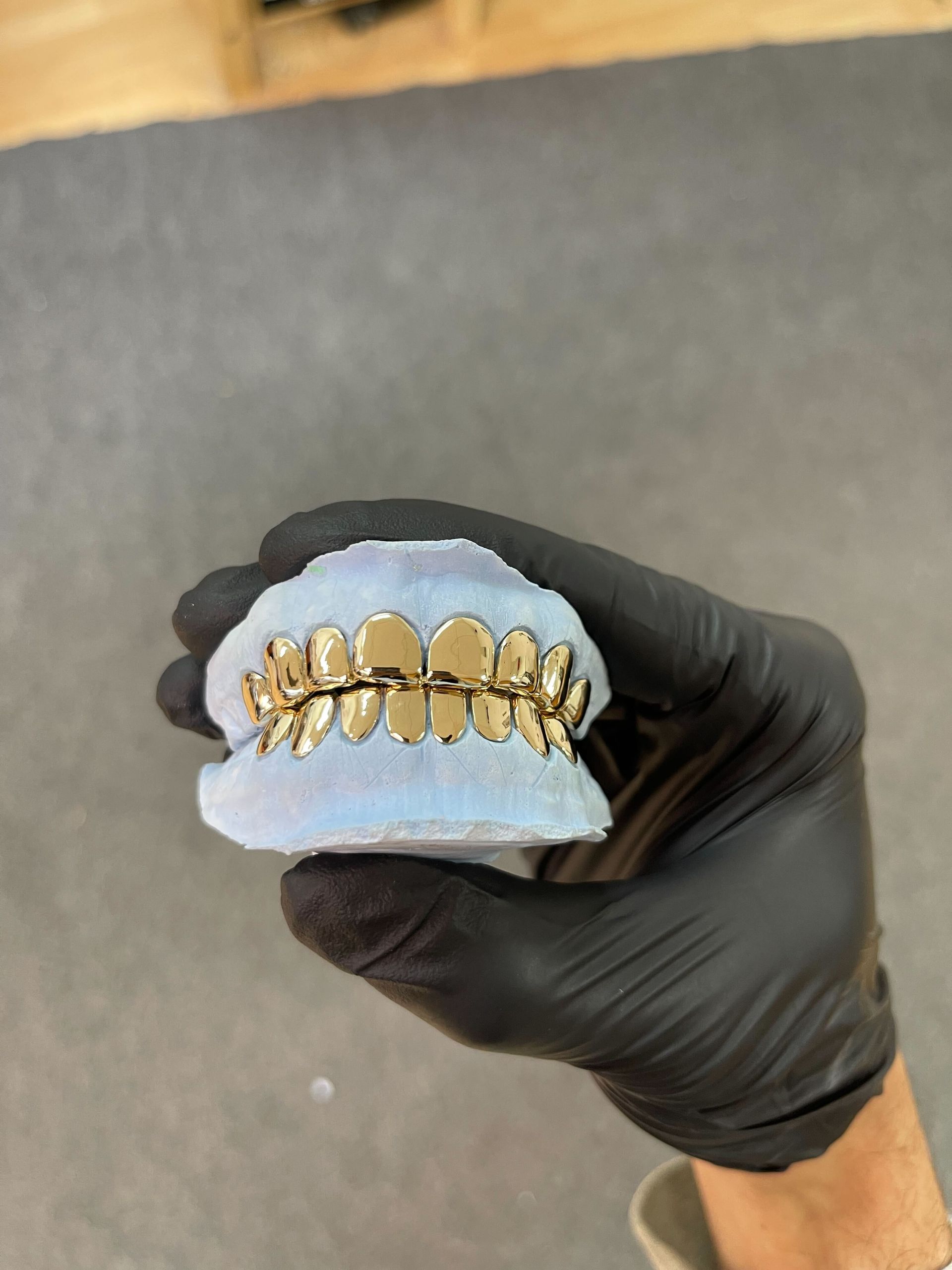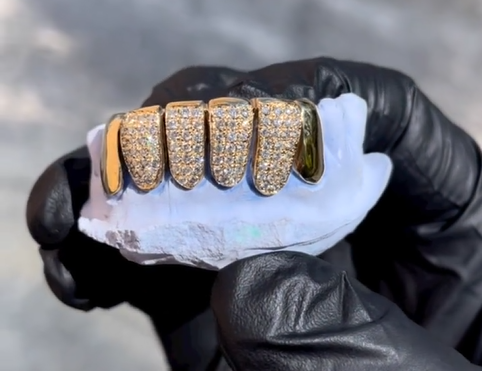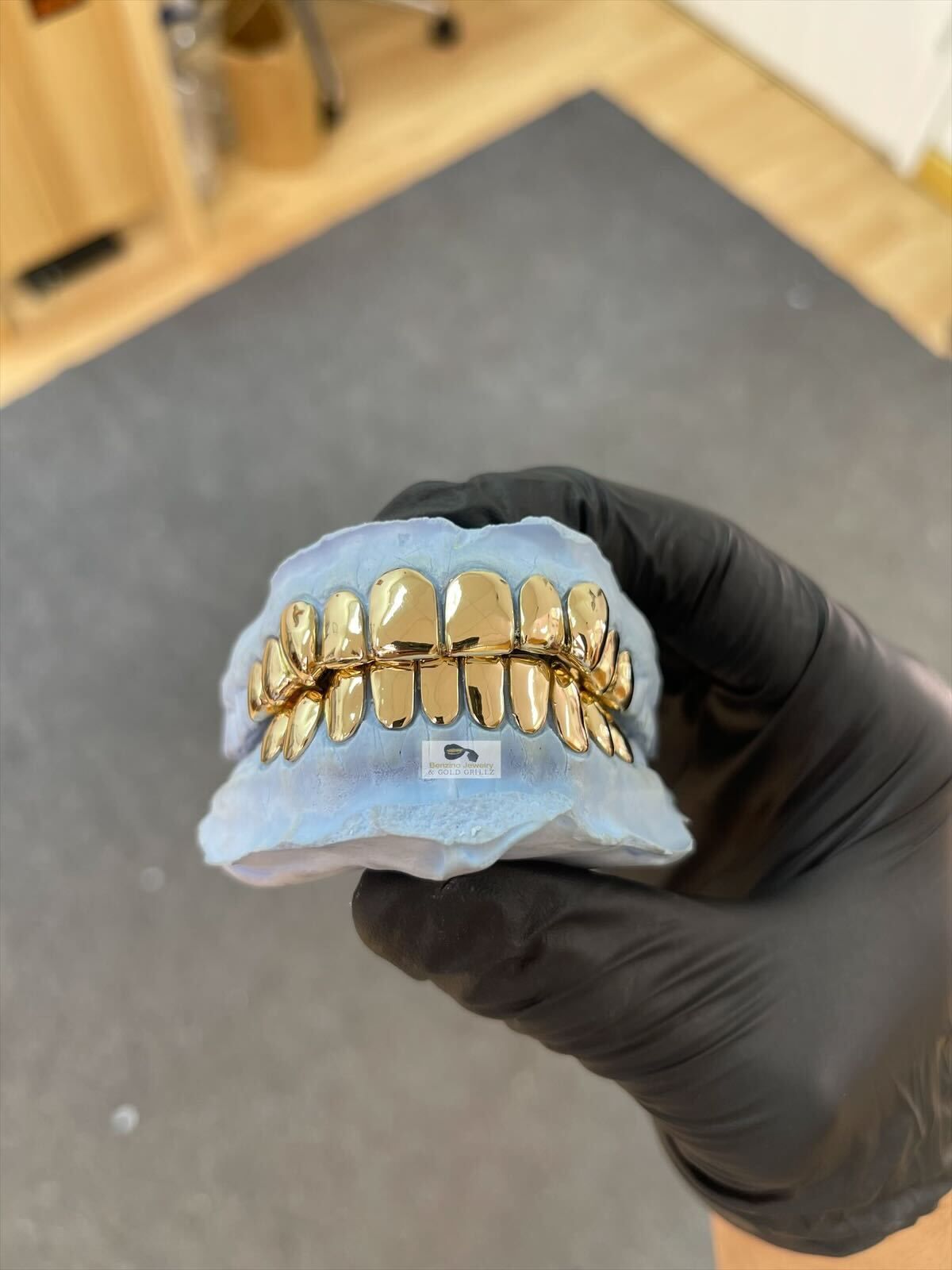Natural vs Moissanite Diamonds
Natural diamonds and moissanite diamonds are two popular choices for engagement rings and other jewelry. While they may appear similar at first glance, there are several key differences between these two types of gemstones.
List of Services
-
Composition:List Item 1
Natural diamonds are formed deep within the Earth's mantle over millions of years, consisting primarily of carbon atoms arranged in a crystal lattice structure. On the other hand, moissanite diamonds are lab-grown gemstones composed of silicon carbide. Their chemical composition differs from natural diamonds, resulting in distinct physical and optical properties.
-
Hardness:List Item 2
Natural diamonds are renowned for their exceptional hardness, scoring a perfect 10 on the Mohs scale of mineral hardness. Moissanite diamonds are also quite hard, scoring a 9.25 on the same scale. While moissanite is one of the hardest gemstones, it is slightly less durable than a natural diamond. This difference in hardness may lead to variations in how the gemstones withstand everyday wear and tear.
-
Brilliance and Fire:List Item 3
Both natural diamonds and moissanite diamonds exhibit brilliance and fire, but there are slight differences in their optical properties. Moissanite diamonds have a higher refractive index than natural diamonds, meaning they disperse light more effectively, resulting in greater fire or flashes of color. On the other hand, natural diamonds have a unique brilliance due to their refractive index, which creates a captivating sparkle.
-
Rarity and Cost:List Item 4
Natural diamonds are incredibly rare, with the majority of mined diamonds being used in industrial applications rather than for jewelry. This rarity contributes to their higher cost and perceived value. Moissanite diamonds, being lab-grown, are more readily available and typically cost significantly less than their natural counterparts. This affordability can make moissanite diamonds an attractive alternative for those seeking a diamond-like appearance at a lower price point.
-
Ethical and Environmental Considerations:
Natural diamonds have historically been associated with ethical concerns, particularly concerning conflict or "blood" diamonds. Efforts have been made to implement ethical sourcing practices in the diamond industry, such as the Kimberley Process, to ensure the diamonds are mined and traded responsibly. Moissanite diamonds, being lab-grown, bypass these ethical concerns and have a smaller environmental footprint as they do not require mining.
